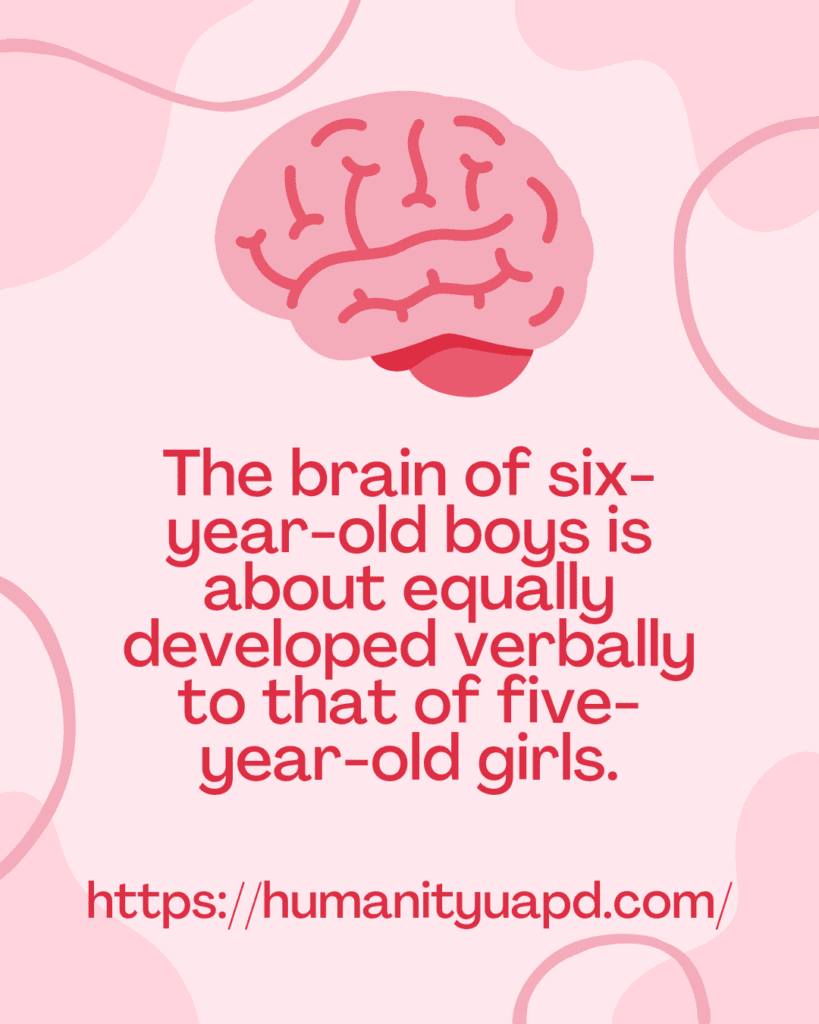WAVES OF CHANGES – AN ADOLESCENT BRAIN
As CHILDREN become teens, the brain continues to develop, grow, and change along with the rest of their body. Brain specialization becomes more apparent at adolescence. The adolescent brain can imagine and ponder at a much higher level than a child’s brain.
Whereas a child tends to dwell on immediate sensory experiences, adolescents gradually gain the capacity to imagine a variety of futures. They start analyzing problems instead of merely reacting to them. They develop a preference for wrestling with issues instead of other people. In short, they begin to grasp abstract concepts and test them in their imagination.
They also develop these qualities at different rates, and some not at all. Plenty of adults still haven’t developed these specialized brain functions. Even among adolescents whose neural networks begin to make the transition, however, their brain still cannot be considered mature. That of adolescents may lack the nuanced reactions of the brain of most mature adults, and they thus may strike others as indecisive, moody, and rebellious. Often idealists, adolescents argue and overreact, or react inappropriately, when challenged. Yet while the adolescent brain begins to experience the push and pull of adulthood, it has not left behind all the ways of childhood. In this twilight zone between impulsiveness and control, between plasticity and specialization, the adolescent brain represents possibilities in transit to realities.
YOUNG ADULTS do strange things and not just among humans. Among a variety of mammalian species, animals advancing from youth to maturity lose a measure of impulse control, take more risks, put greater emphasis on social activities, and derive greater joy from doing new things.
Between ages six and sixteen, the body grows to resemble an adult’s but at age six, the brain is already at 90 percent of its adult volume. As the brain adds that last 10 percent, it slowly improves its capacity for emotional self-control, memory, and ability to focus attention and forecast behavior. Some of the last complex neural systems to develop form in the prefrontal cortex, which plays a key role in making plans and deciding what’s right and wrong. The teenage brain rewards them for behaviors that provide im mediate gratification, without the warnings that a mature brain would provide about long-term consequences.
Scientists examining behavior and the brain have focused their attention on neurotransmitters and the sensitivity of dopamine receptors. In early adolescence, the dopamine balance in the prefrontal cortex appears to reward new kinds of behaviors. Later, however, the system shifts to favor rewarding the comforts of familiar actions and surroundings.
During the time from childhood to adulthood, the cortex is sensitive to stress. Depression, anxiety, and other psychiatric disorders often appear as a result of the volcanic brain chemistry of the teenager.


